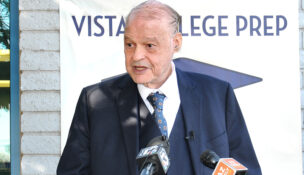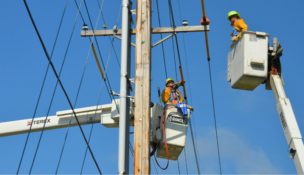Online high school classes click with many – students can even take P.E.
Arizona Capitol Reports Staff//July 21, 2006//[read_meter]
Online high school classes click with many – students can even take P.E.
Arizona Capitol Reports Staff//July 21, 2006//[read_meter]
For most high school students, physical education classes mean crowded locker rooms, group showers and a P.E. teacher barking out orders. For others, it’s as simple and solitary as flipping...
No tags for this post.

















